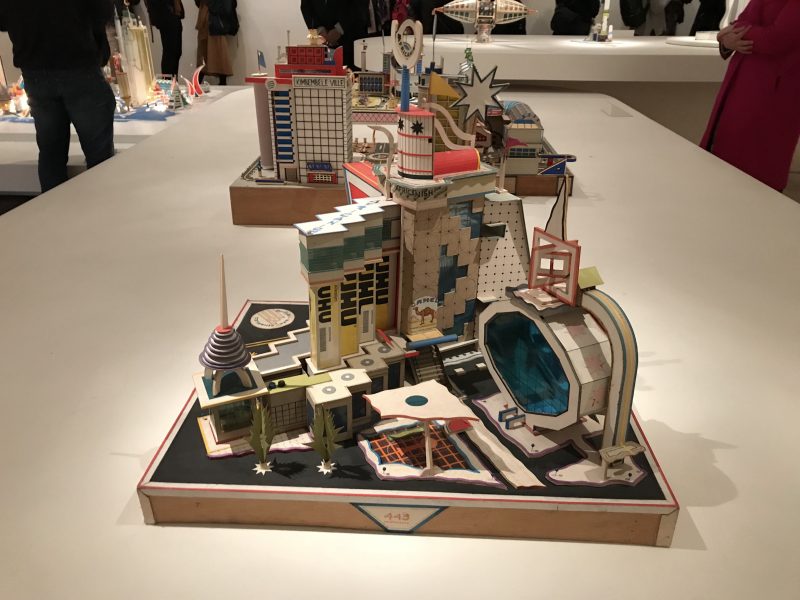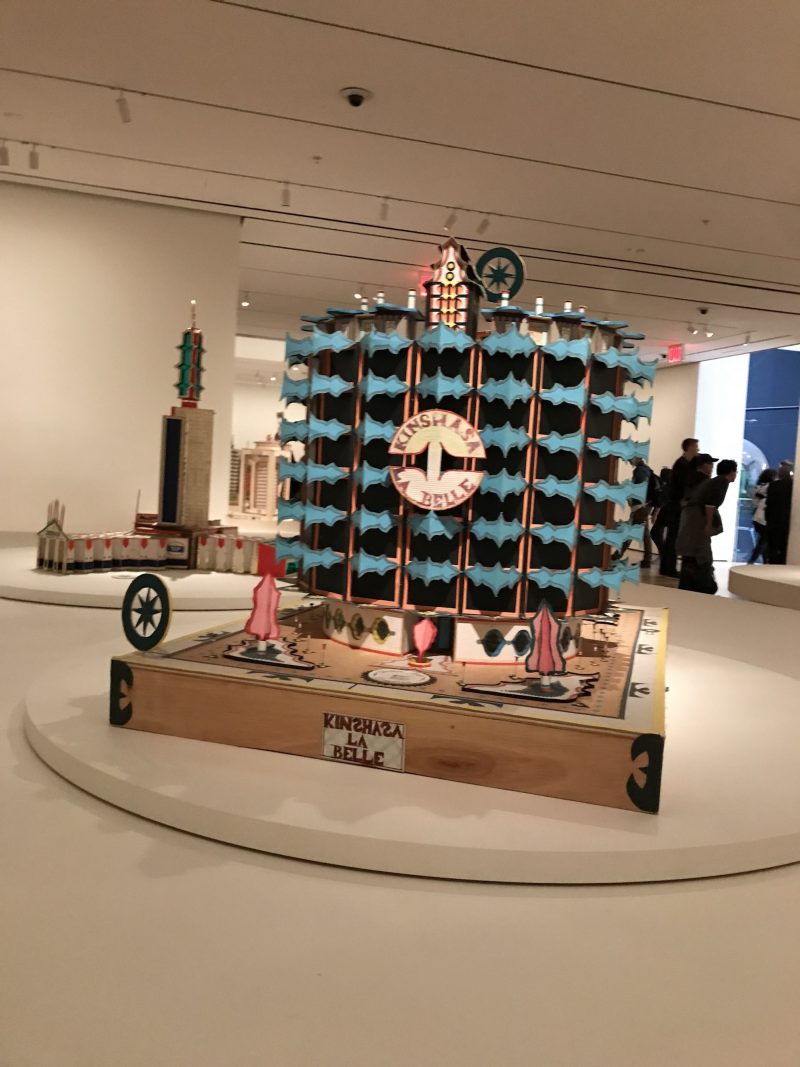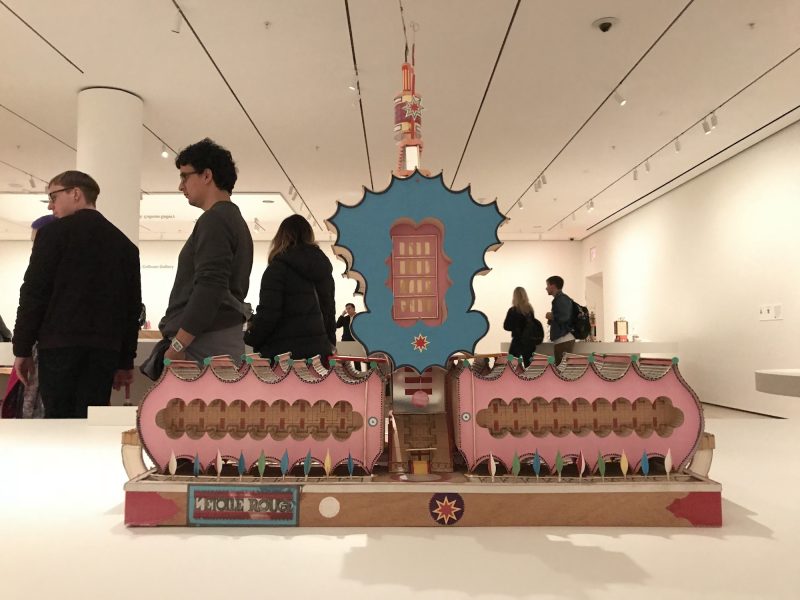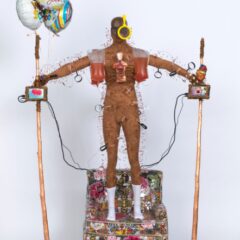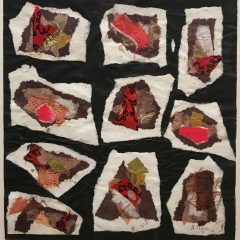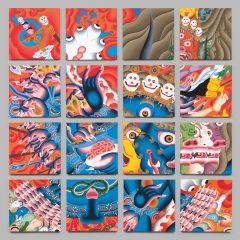Born Jean Baptiste, Bodys Isek Kingelez (1948-2015) was a self-taught Congolese artist who envisioned the world through meticulously crafted, mixed-media architectural sculptures with a global scope at a miniature scale. Kingelez worked for decades with his family in Kinshasa, the capital city of Zaire (now the Democratic Republic of Congo) under the military dictatorship of Mobutu Sese Seko.
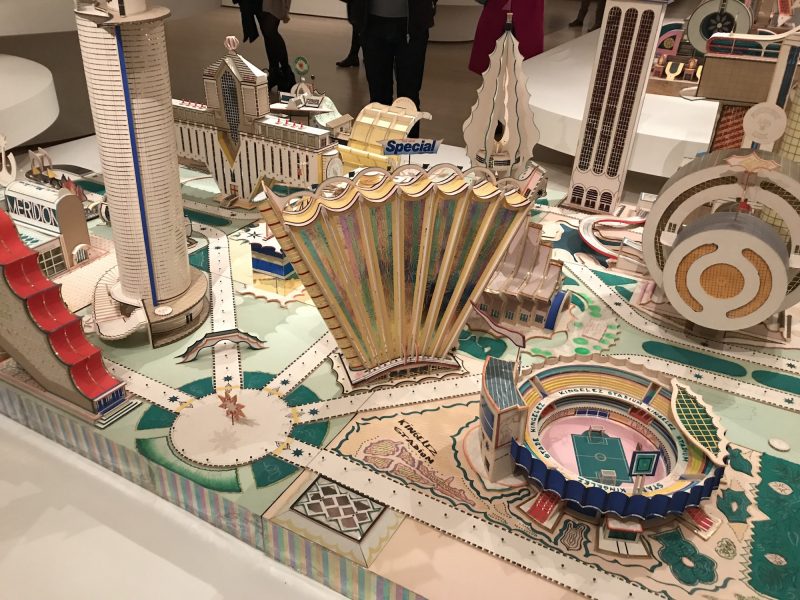
Like many who came of age in post-colonial Africa, Kingelez changed his name to shed its Belgian colonial heritage. His artistry was initially inspired by Mobutu’s plans to build modern cities and turn Zaire into a future-minded, globally competitive nation. As such, his early works make reference to real places, such as Seoul, Hiroshima, and Canada. As Mobutu’s reign became embroiled in corruption and violence, Kingelez’s sculptures became increasingly fantastical, abstract, and futuristic. One diorama Ville de Sète 3009, was made with functioning lights during a 2000 artist residency in Sète, France.
BUILDING A BETTER CITY, ONE SODA CAN AT A TIME
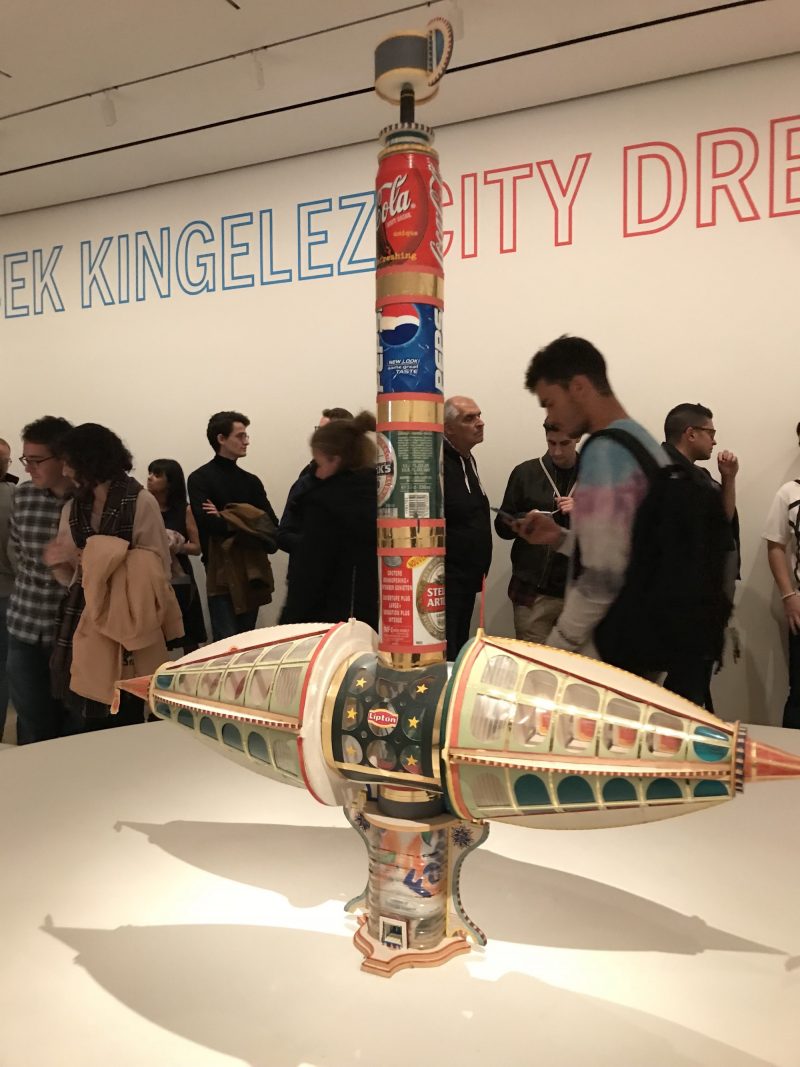
In a 2003 documentary about his work, Kingelez describes “a city without high-rise buildings” as “a dead city, a non-existent city,” and declares the artist “a small god.” His architectural models fuse bright colors and meticulous ornamentation with personal and sometimes idiosyncratic interpretations of corporate logos and national symbols. Here form follows function — if the function is to provide an up-lifting sense of possibilities and a celebration of progressive and civil society. Symmetry is an important and recurring motif in his work, with the scalloped and curved edges of his forms conveying a sense of elegance and grace.
What is so fascinating about these macquettes is that they represent a more peaceful and optimistic future through whimsical shifts in scale and the obvious appropriation of materials like paper, cardboard and plastic packaging. Sports Internationaux (1997) is clearly constructed of recycled soda and beer cans. Kingelez references made-up corporations names because their letters sound good in an acronym. (His own middle name, Isek, happens to be an acronym for the International Society of Electrophysiological Kinesiology, a global organization that formed when he was 20.) A standout in City Dreams is Ville Fantôme. Completed in 1996, it combines allusions to global capital cities with imagined structures, including a building named for the artist himself, and a very futuristic airport. There is even a virtual-reality component that enables visitors to traverse the ambitious model.
A LATE TURN TOWARD THE PERSONAL
The show includes almost no works from 1997-2003, during which time the Democratic Republic of Congo was plagued by civil war. In Kingelez’s later years, I notice a shift from ideologically-motivated sculptures that combine his interests in architecture, engineering, and urban planning, to quirkier, more personal objects that embrace a more private narrative. Dorothe (2007), for instance, is a curving wave of a structure, so particular that it feels like a portrait. Not only is it the only piece in the show with a first name, it is also one of the latest on view (chronologically). Though Dorothe is the first sculpture that greets you upon entering the gallery, it is best understood in retrospect and in full view of Kingelez’s artistic arc.
“Bodys Isek Kingelez: City Dreams” on view May 26, 2018 — January 1, 2019 at the Museum of Modern Art, 11 West 53 Street, New York, NY 10019
More Photos


